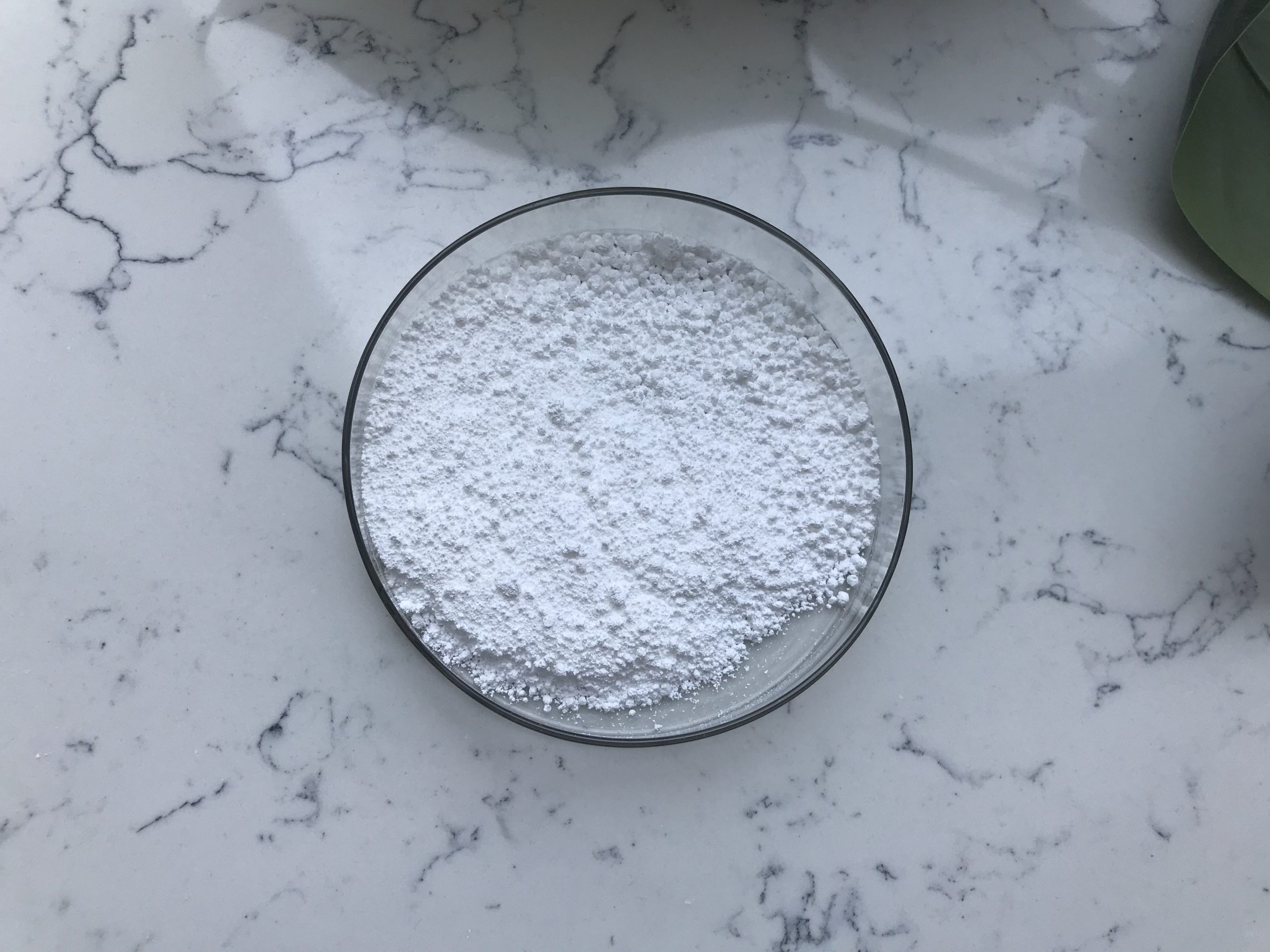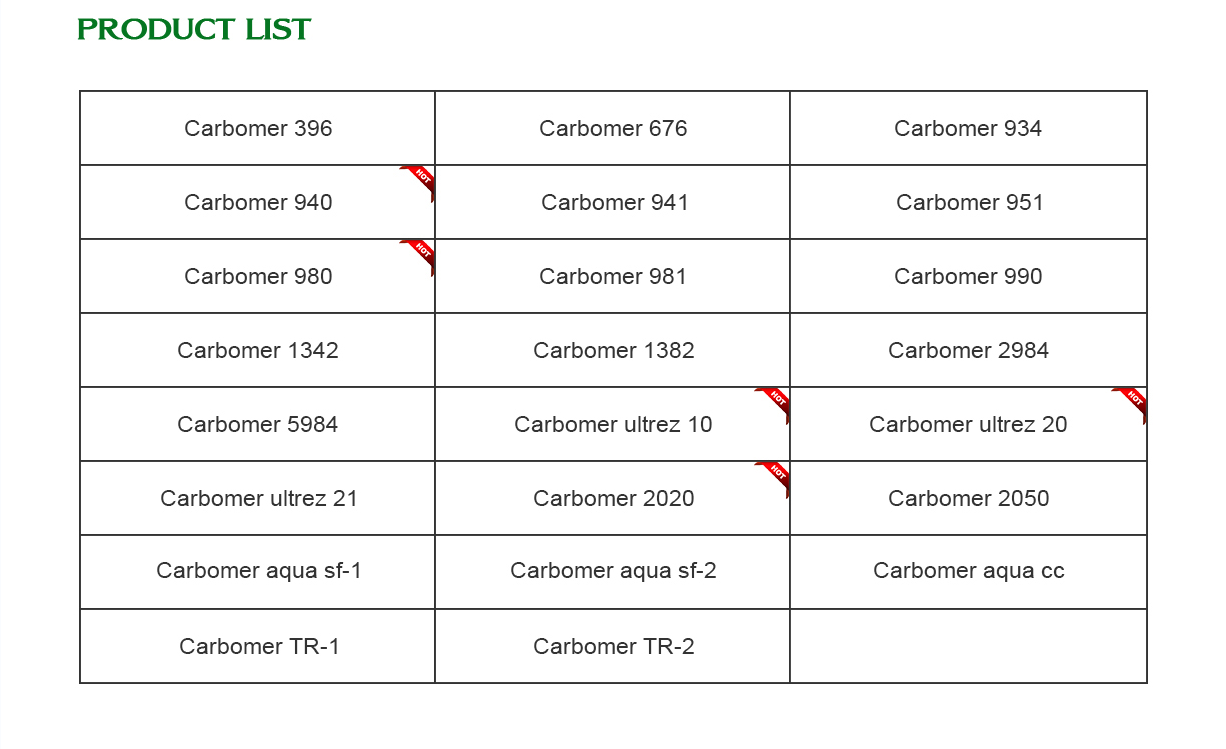Carbomer 940 is a polymer commonly used in cosmetics, pharmaceuticals, and personal care products as a thickening, emulsifying, and gelling agent. While generally considered safe when used appropriately, it can cause some adverse effects in certain individuals, especially if not used correctly or if someone has a sensitivity to it.
Here are some potential adverse effects:
- Skin Irritation: In some individuals, especially those with sensitive skin, Carbomer 940 can cause skin irritation, redness, or itching. This is more likely to occur if the concentration is too high or if the product is left on the skin for extended periods.
- Allergic Reactions: Though rare, some people may develop an allergic reaction to Carbomer 940. Symptoms of an allergic reaction can include rash, hives, swelling, or more severe reactions like difficulty breathing. Anyone experiencing such symptoms should discontinue use and seek medical attention.
- Eye Irritation: If products containing Carbomer 940 come into contact with the eyes, they may cause irritation or discomfort. This can include burning, stinging, or redness.

- Dryness: Some formulations containing Carbomer 940 can contribute to skin dryness, especially if used frequently. This is because the polymer may absorb water, which could leave the skin feeling tight or dehydrated.
- Sensitivity Reactions: In rare cases, some people may develop sensitivities to Carbomer 940, experiencing more pronounced irritation or reactions even with minor exposure. This is more likely if the product is not well-formulated or contains other irritants.
- Ingestion Risks: If ingested, Carbomer 940 may cause gastrointestinal distress, such as nausea or abdominal discomfort, though it is not typically consumed in amounts that would lead to this. Ingesting products with high levels of Carbomer should be avoided unless they are formulated for oral use.
While adverse effects are relatively rare, it’s always a good idea to patch-test products containing Carbomer 940, especially if you have sensitive skin or a history of allergic reactions.
How does Carbomer 940 thin?
Carbomer 940 is a high molecular weight polymer used as a thickening agent in cosmetic and pharmaceutical formulations. To thin or reduce its viscosity, you typically need to adjust the pH or dilute it with a solvent. Here’s how you can do it:

- Adjust pH: Carbomer 940 is most effective as a thickener when the pH is in the range of 6-7. If the pH is too high (alkaline), the viscosity can be reduced. To thin Carbomer 940, you can add a neutralizing agent like triethanolamine (TEA) or sodium hydroxide to adjust the pH. In an acidic medium, the viscosity may increase, so lowering the pH can help in reducing thickness.
- Dilution: Another way to thin Carbomer 940 is by diluting the gel with a solvent such as water or a suitable liquid that does not interact with the polymer. This can reduce the overall viscosity of the formulation.
- Shear Force: Carbomer gels can be thinned by applying shear force, as it can break down the structure of the gel. Mixing or blending at high speeds can cause the gel to become thinner.
It’s important to note that Carbomer 940 behaves differently depending on the formulation and other ingredients, so it’s essential to experiment to achieve the desired viscosity.
